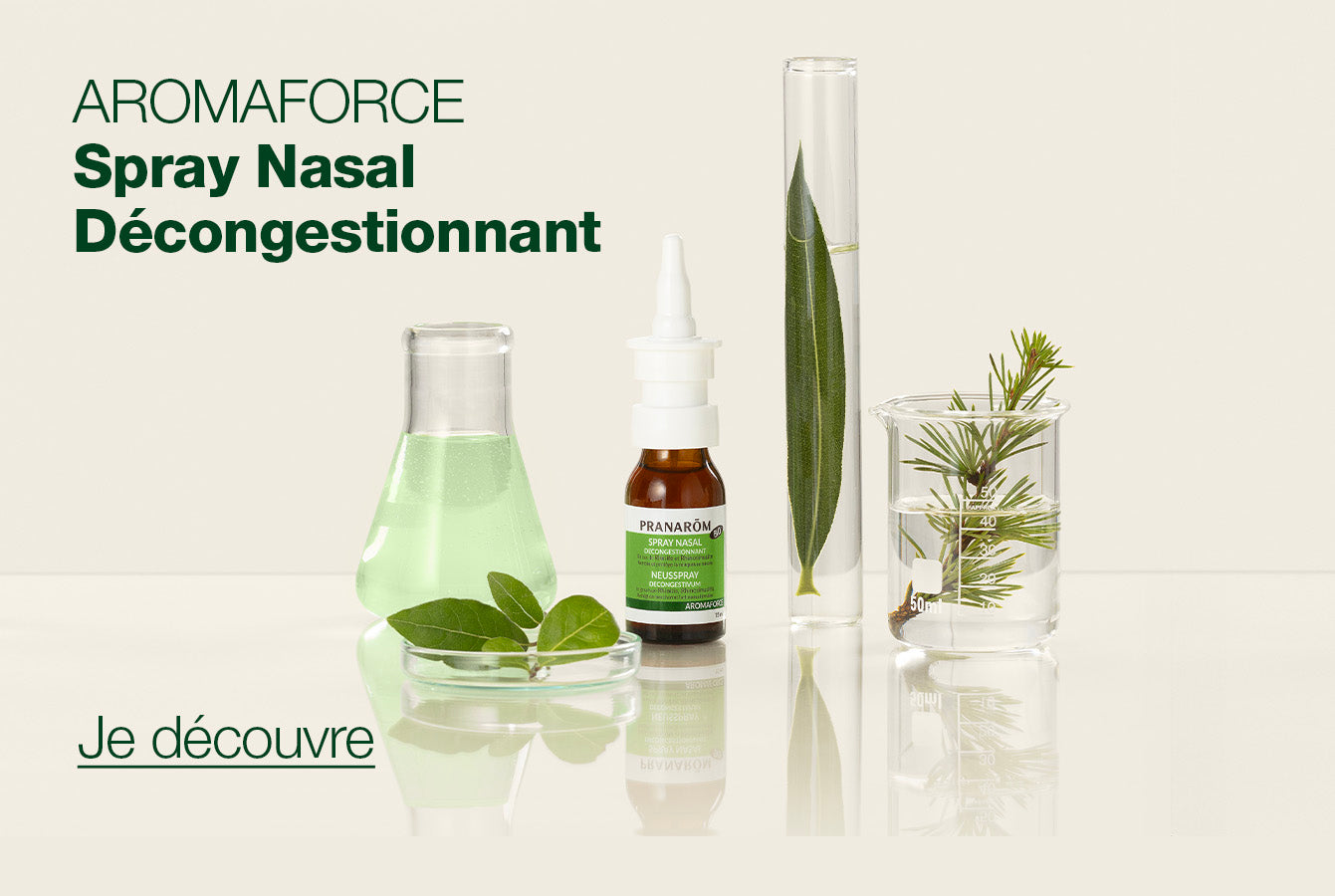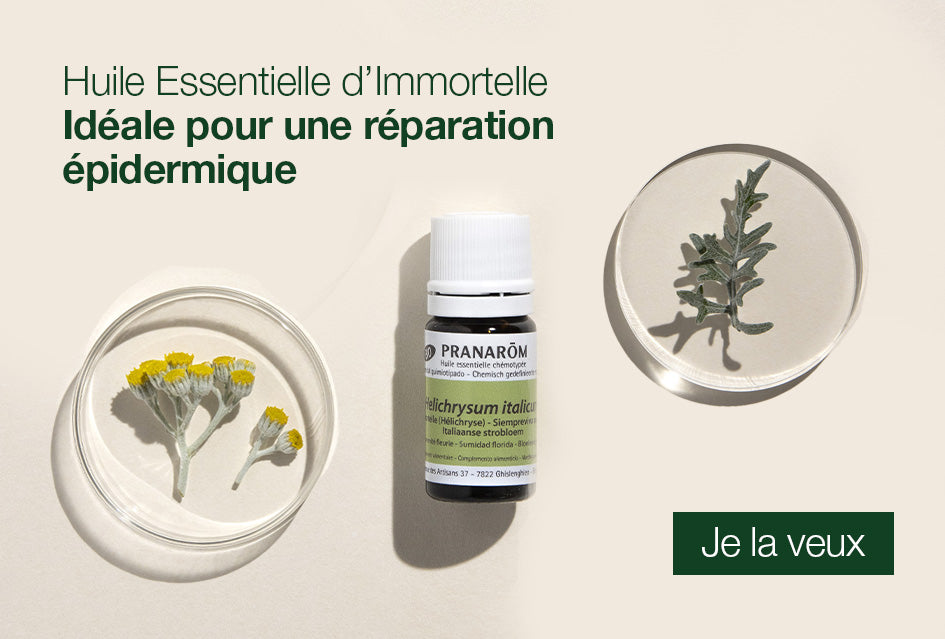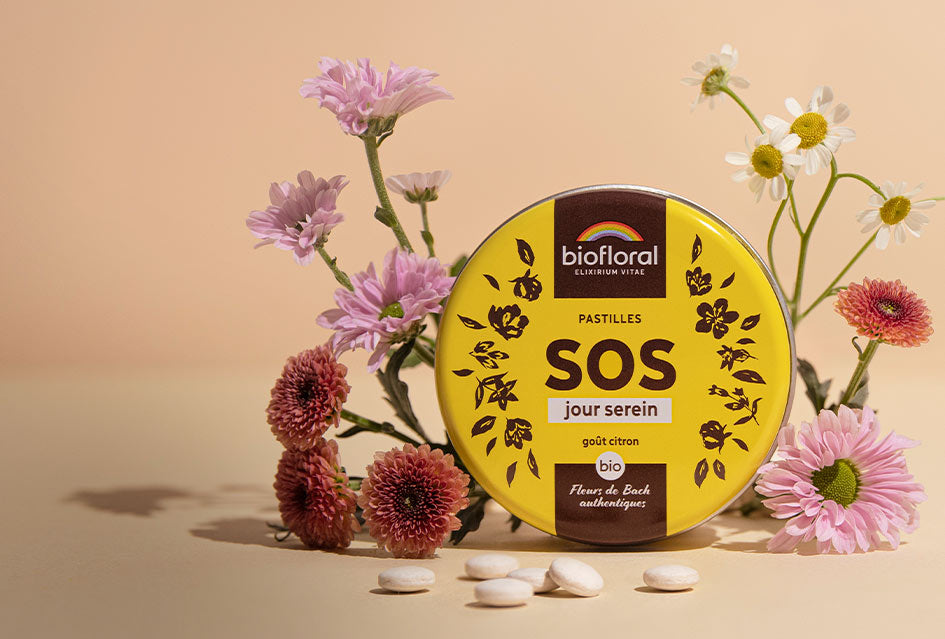Nowadays, the demand for a reduction of chemical pesticides use is growing. In parallel, the development of alternative methods to protect crops from pathogens and pests is also increasing. Essential oil (EO) properties against plant pathogens are well known, and they are recognized as having an interesting potential as alternative plant protection products. In this study, 90 commercially available essential oils have been screened in vitro for antifungal and antibacterial activity against 10 plant pathogens of agronomical importance.
Screening of antifungal and antibacterial activity of 90 commercial essential oils against 10 pathogens of agronomical importance












